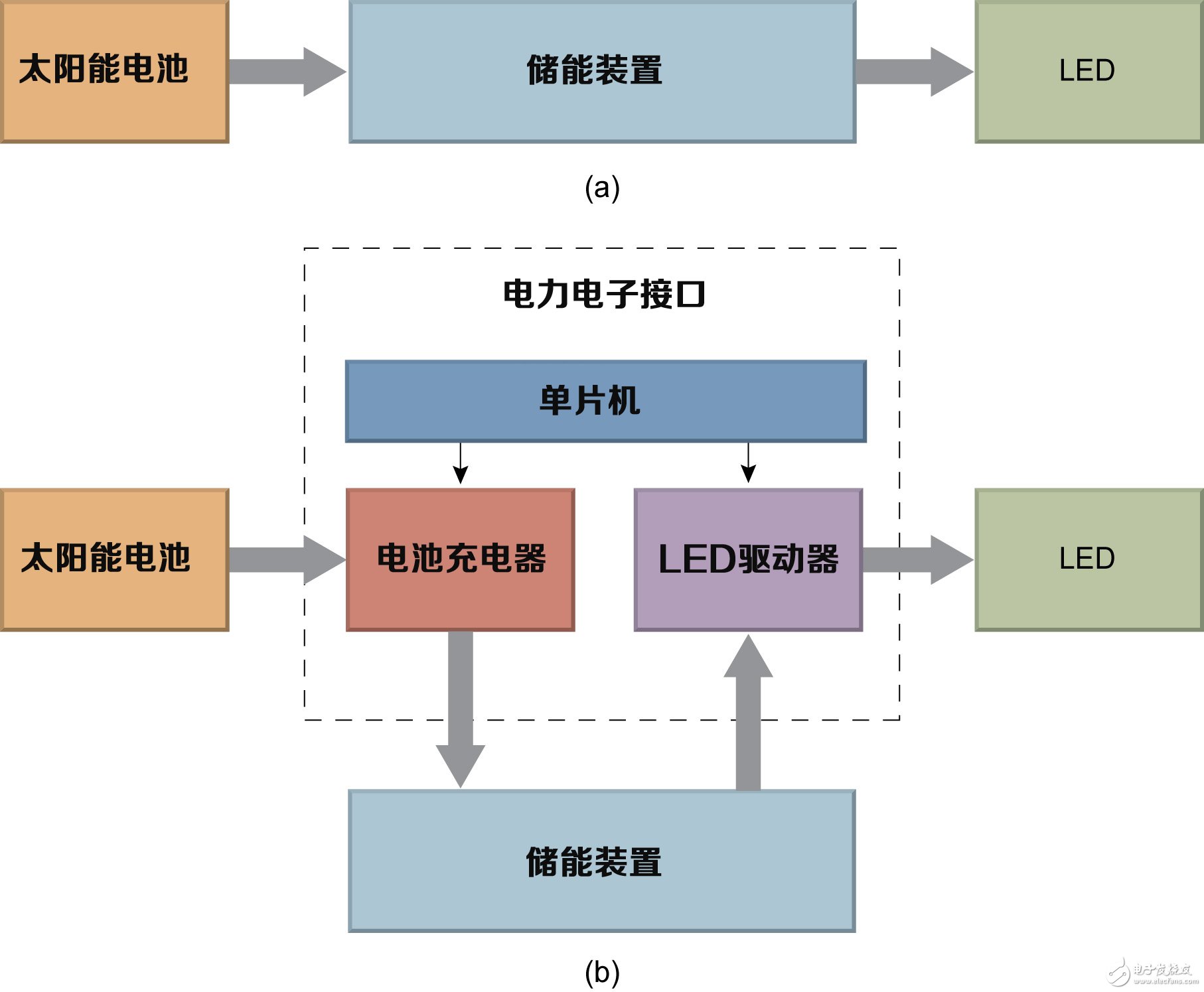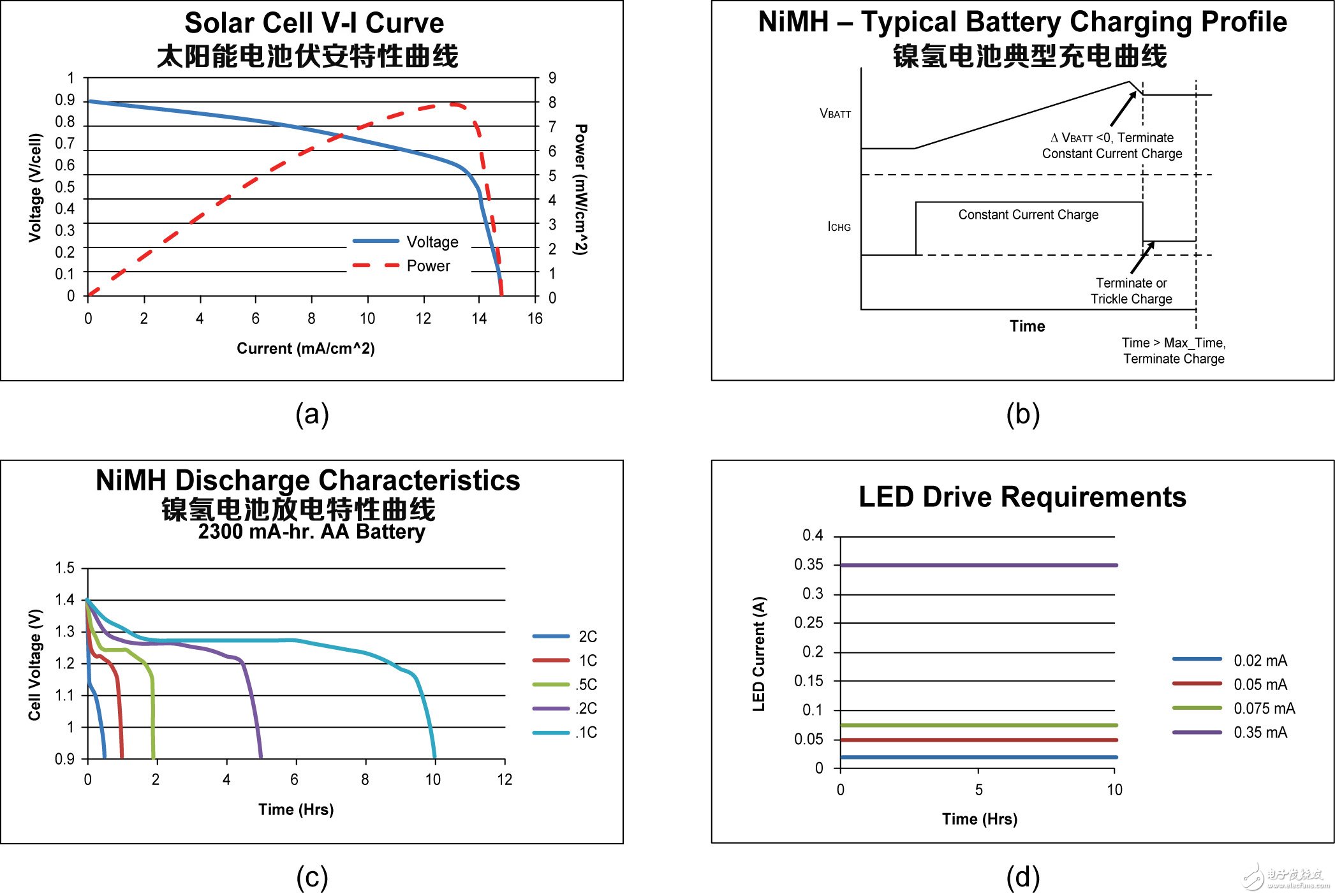With the rapid development of technology, the performance of Light-Emitter Diodes (LEDs) and solar photovoltaic cells has been significantly improved, which in turn helps to improve the performance of the final application. For applications that use both technologies (such as solar lighting applications), advances in these two core technologies will greatly enhance the potential for improved end-application performance. At this time, since the solar cell is more efficient, more solar energy can be converted into electric energy, so that the area of ​​the required solar cell can be reduced, and the high-efficiency LED can be illuminated at night for a longer time and the light is brighter. However, the challenge for manufacturers of solar lighting solutions will be how to take advantage of technological advances quickly and cost-effectively. One way to maximize system performance is to use energy conversion strategies. With a solid energy conversion strategy, users can quickly develop and deploy solutions that take advantage of the latest technology. In this article, we will examine components, develop systems, and introduce an advanced approach to analyzing system characteristics. background There are countless examples of solar lighting. Whether it is the use of solar-powered desk lamps as night-reading lights in areas with unstable grids or the full deployment of public street lighting, the demand for solar/LED lighting systems is characterized by diversity, acceptance and globalization. The only difference is the size of the demand for the final application (reading is quite different from the requirements for general lighting). The core components of all such systems include: i) solar cells; ii) batteries; iii) LEDs. If used in a broader sense, these components are: solar collectors (solar cells), energy storage devices (batteries), and energy consuming devices (LEDs). Although this is not very accurate, it helps to highlight the flexibility of the analysis. Figure 1a shows the most basic system configuration. Figure 1: Two system configurations However, for this to work, the characteristics of each component must be compatible with each other. For this example, this means that the output voltage/current characteristics of the solar cell must match the charging curve of the battery, and the discharge curve of the battery must meet the driving requirements of the LED. We quickly discovered that the configuration in Figure 1(a) does not meet the above requirements. Component overview Recalling the performance characteristics of each component, as shown in Figure 2 (a to d), we found that although the characteristics of these components can be made close to each other in a limited configuration set, it is almost impossible to achieve reasonable results. Performance level. We quickly discovered that the voltage of a solar cell (single-cell battery) is up to about 1V, while the operating voltage of a NiMH battery is between 0.9V and 1.4V, and although the forward voltage of the LED is usually higher than 3V, it needs constant Stream source. In addition, NiMH batteries have a special charging requirement for extended life. Although it is possible to develop a system to directly connect all components, it should be clear that this configuration has significant limitations and can adversely affect overall system efficiency and stability. Figure 2: Component volt-ampere characteristics and drive requirements To break these limits, we can look at the alternative system diagram shown in Figure 1(b). This system configuration adds a power electronic interface between the three core components, which greatly increases the flexibility of the system and optimizes the overall performance of the system. In this configuration, the microcontroller is not essential. A separate battery charger integrated circuit (IC) can be used to meet the NiMH charging curve requirements. Similarly, an LED driver IC can be used to convert the battery voltage to a constant current source. Small Power Diesel Generator,Small Power Diesel Generator Set,Small Power Generator,Air Cooled Portable Diesel Generaor Shanghai Kosta Electric Co., Ltd. , https://www.ksdgenerator.com
